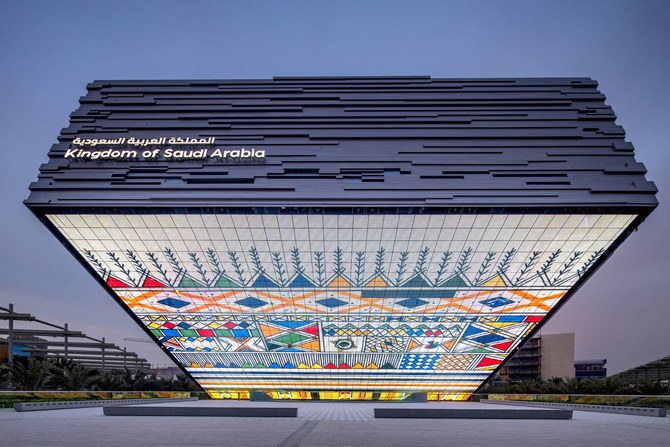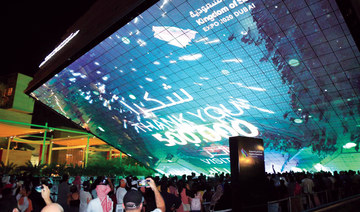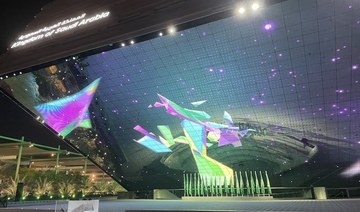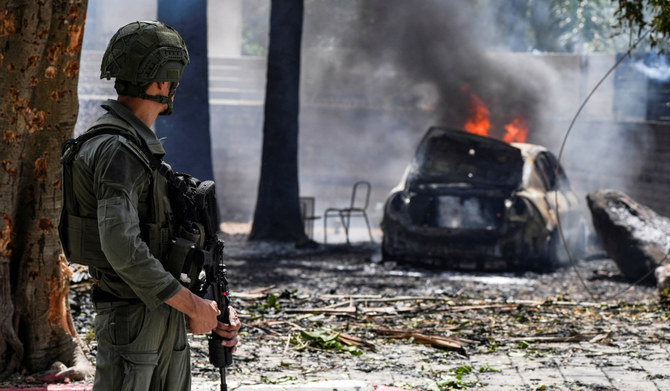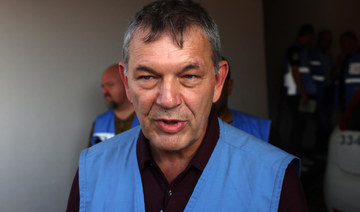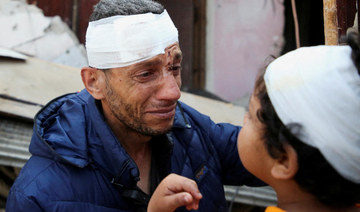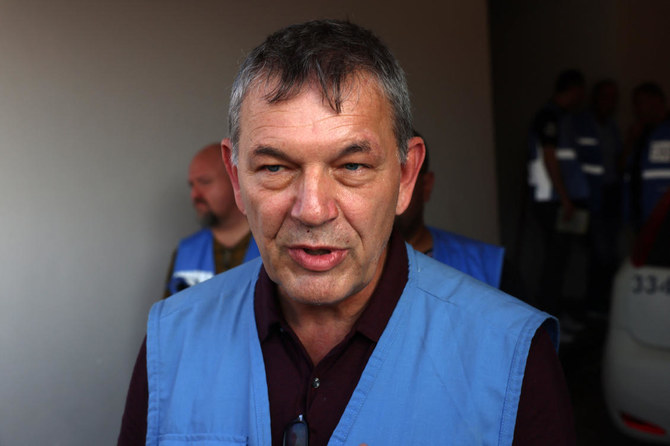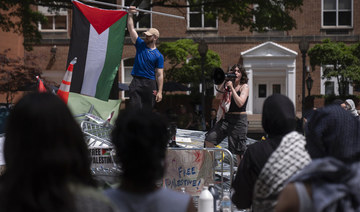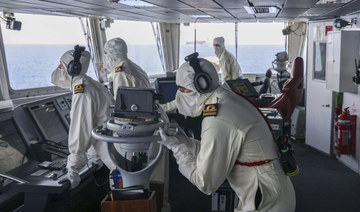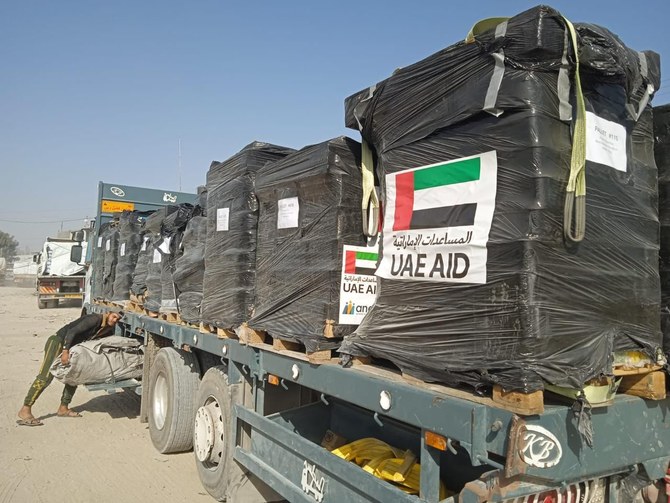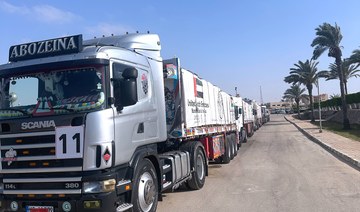DUBAI: World Expos have a long and illustrious past, not least for their lasting contributions to urban skylines and architectural world-firsts. The Eiffel Tower and Chicago’s Ferris Wheel are two of the most recognizable examples.
Despite such permanent contributions, expos have mostly been temporary events, with elaborate pavilions representing countries from every corner of the world for a limited time, only to be unceremoniously removed at the end of the duration.
Chicago built an entire temporary city in grand neo-classical style for its expo in 1893. The famous White City ultimately provided planners with a blueprint for future growth — however, the buildings themselves were not retained.

This has been a common narrative of World Expos, with pavilion structures either unused or destroyed afterward.
Not so in Dubai. The Expo 2020 organizing committee has designed the site to include a dedicated pavilion for each nation, in addition to other participating organizations, which are intended to remain long after the event draws to a close.
Its novel concept has resulted in more than 200 pavilions across a site twice the size of Monaco, the sovereign city state on the French Riviera.
The site is divided into three “thematic districts” that mirror the sub-themes of the event: Sustainability, mobility and opportunity.
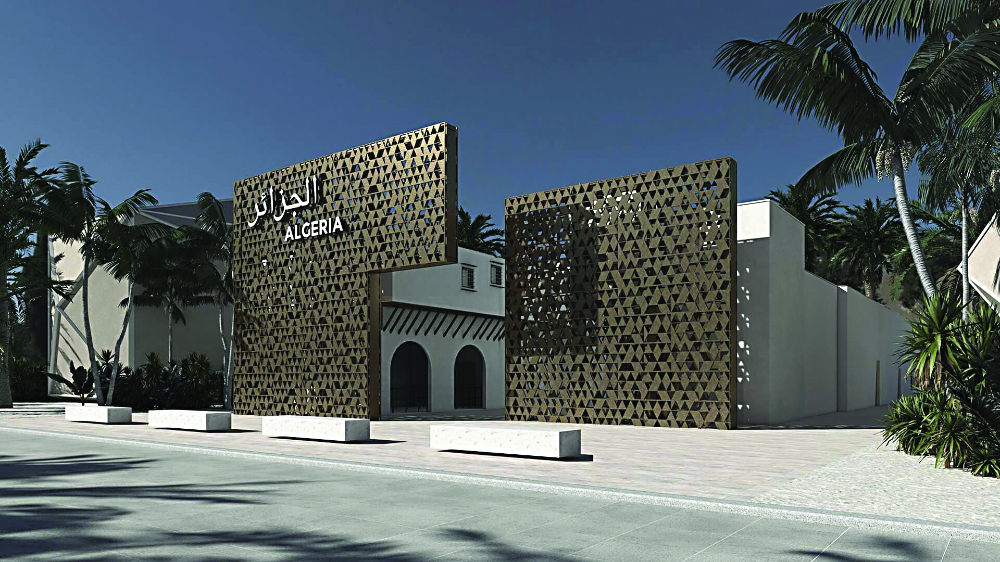
Some of the pavilions have been designed and built by participating countries, showcasing their own national architecture and design. (Supplied)
Some of the pavilions have been designed and built by participating countries, showcasing their own national architecture and designs, while others occupy standardized buildings assembled by the host.
Many Arab countries have built their own pavilions and put substantial resources and effort into their development (with assistance from the UAE, in certain cases).
All Gulf Cooperation Council member countries — as well as Morocco, Algeria, Lebanon, Palestine and Egypt, among others — have self-built pavilions.
Many of these are in the Opportunity District, with prime locations close to the UAE and Saudi pavilions.
Since this is the first expo to be hosted by a Middle Eastern country, Arab states have pulled out all the stops to make their mark on the event.
Architecture across the site incorporates many elements of traditional Arabic design, but the overall impression is perhaps not as visually cohesive as Chicago’s White City would have been.
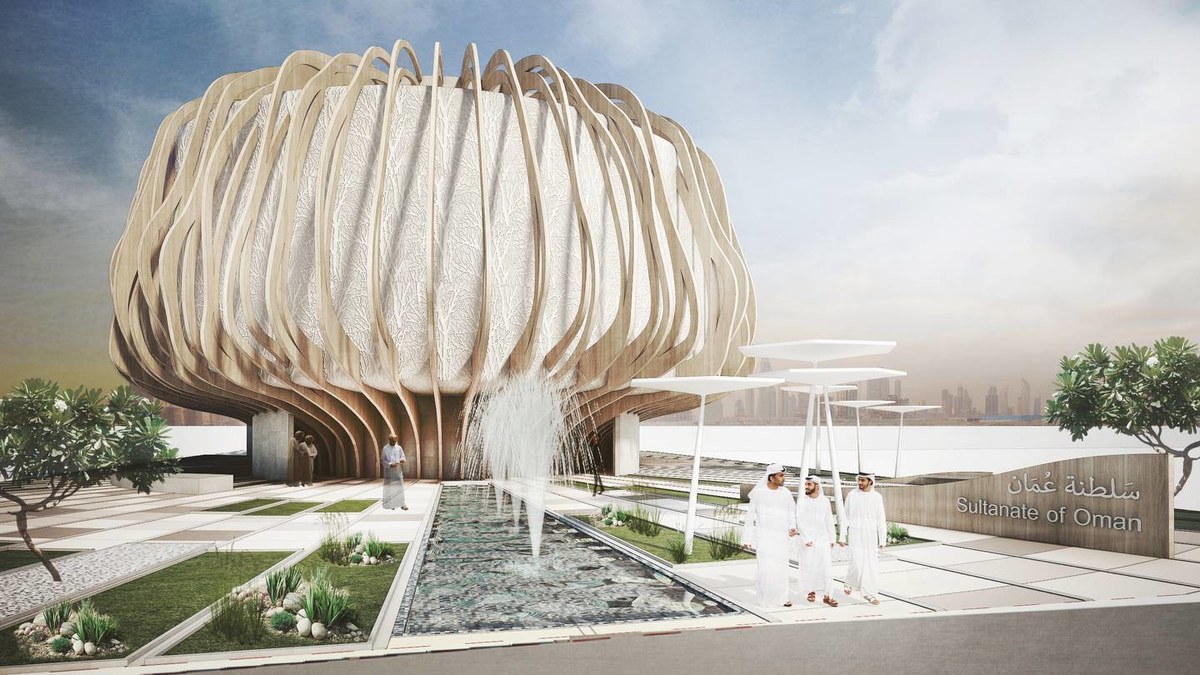
All Gulf Cooperation Council member countries have self-built pavilions. (Supplied)
Each country participating in Expo 2020 Dubai has been given the freedom to bring in its own unique design, with regional touches such as latticework, courtyards and shade structures applied throughout.
The result is a selection of powerfully individual pavilions designed to capture visitors’ interest.
Arab pavilion designs and their associated architecture can be broadly defined as falling into two camps: Traditional yet innovative, with an emphasis on history and culture; and the expressive and inventive, with an emphasis on the abstract and experimental.
Falling into the former category is Algeria’s pavilion, modelled on the Casbah (citadel) of its capital Algiers.
In a nod to the host city, the iconic blue and white palette of Algiers has been traded for desert shades.
The design of the pavilion references traditional Algerian style, with an interior courtyard and design elements to maximize air flow.
While the pavilion’s interior courtyard provides a quiet protected space, the facade is dramatically stylized with designs resembling traditional Berber tattoos.
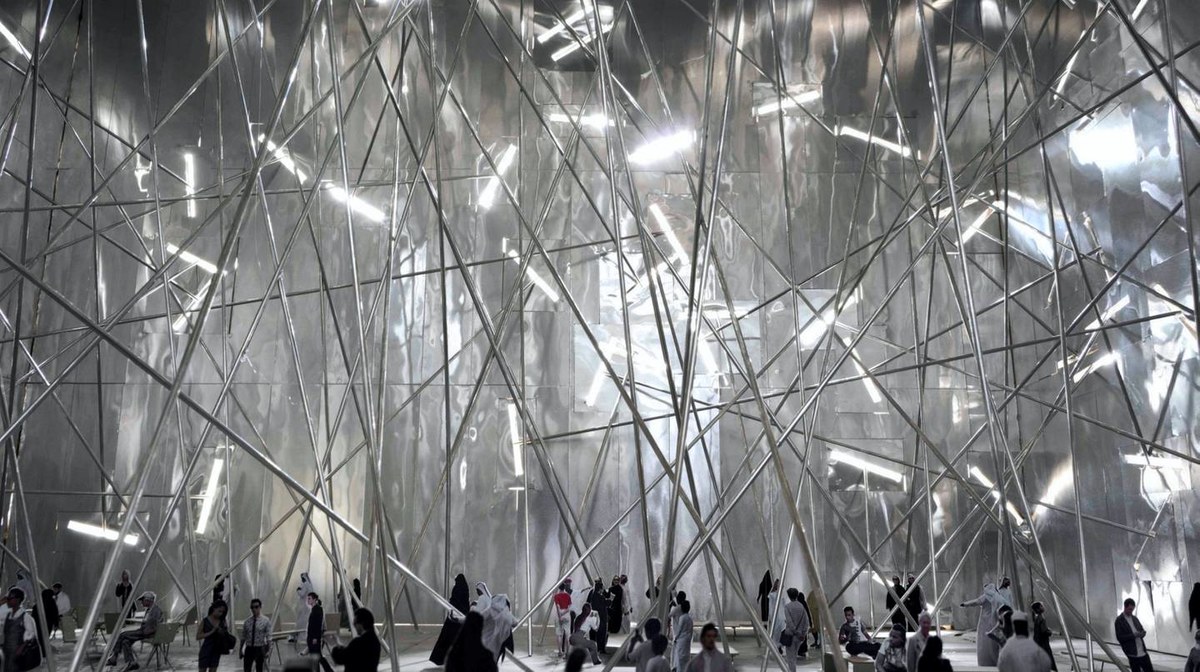
Each country participating in Expo 2020 Dubai has been given the freedom to bring in its own unique design. (Supplied)
Also occupying the traditional-yet-innovative camp is Kuwait’s pavilion, an eye-catching gold structure in the Sustainability District, constituting the Gulf kingdom’s most ambitious expo contribution to date.
The design evokes the ecology of the desert, with video of camels and rolling sand dunes displayed on large external screens.
Textured gold exterior panels form a modern take on its desert terrain. In the center of the pavilion is a reproduction of a local water tower, used for the conservation of natural resources.
Another of the traditionalists is Morocco, which drew inspiration for its pavilion from its scenic earthen villages.
At 34 meters in height, spread across seven floors, it is among the tallest buildings at the expo.
The facade was built using rammed-earth construction methods, common to Morocco and inherently sustainable as the thick earthen walls keep the air inside cool.
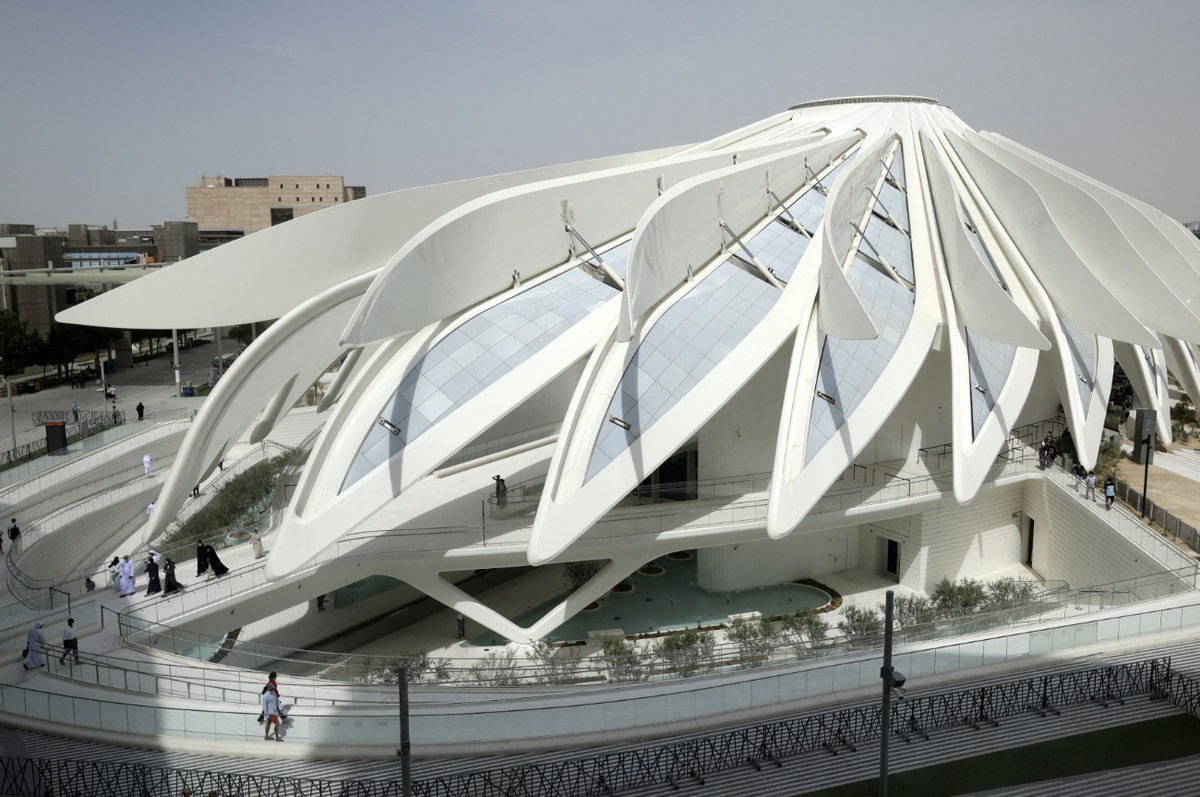
The UAE has the largest pavilion. (Supplied)
The rooms are arranged around a central courtyard, complete with hanging gardens and other tributes to Moroccan regions and ecosystems.
Oman, too, pays homage to its traditional roots with a focus on the ancient frankincense tree, native to Dhofar governorate.
The exterior resembles the tree, with rich curved frankincense beams that required two to three years to create especially for the expo.
Oman also has among the most creative visitor experiences, with frankincense-scented sanitizing mist at the entrance and a photo area where floor panels emit sudden jets of faintly scented mist, so that the surprise of visitors is captured on camera.
Bahrain’s pavilion is among the most striking and experimental of the expo. Designed by Christian Kerez Zurich AG, the pavilion appears from the outside to be a windowless metal box bristled with long metal rods, with no discernible entry or exit.
Instead, visitors are directed down a long ramp that takes them deeper and deeper underground, where the air becomes cooler and the sounds of the surface world recede.
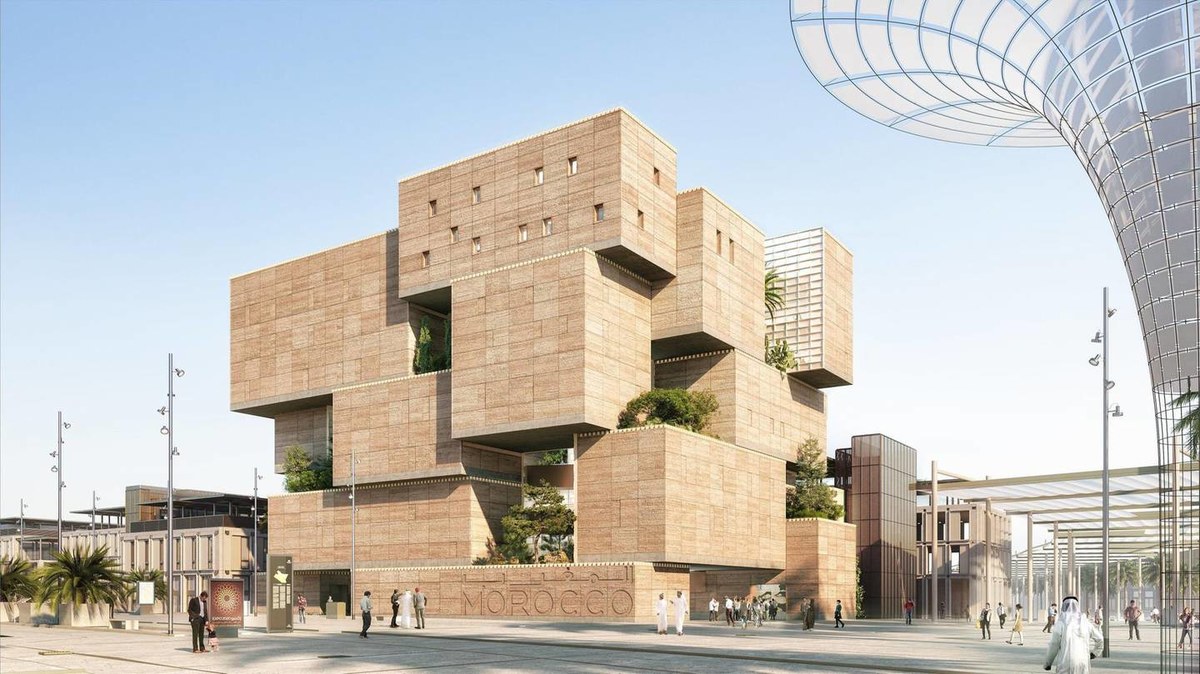
Morocco drew inspiration for its pavilion from its scenic earthen villages. (Supplied)
The descent is described by the architect as “a transition between the outer and inner worlds of the pavilion.”
When visitors enter the pavilion proper, they are greeted by a cavernous ceiling and bright light.
The metal rods visible on the outside are revealed to be part of a forest of floor-to-ceiling columns.
The pavilion design is intended to explore the concept of density — both in reference to the world’s growing urban density, and as a nod to the densely woven fabrics of Bahraini craftspeople.
Another nation whose pavilion design has pushed the boundaries is Saudi Arabia — the expo’s second largest after the UAE’s and an obvious crowd favorite.
The structure is a ramp angled up toward the sky, implying the ambition of the Kingdom but also doubling as a kind of window.
The underside of the ramp, which faces visitors as they enter the pavilion, features the world’s largest LED display, depicting Saudi Arabia’s spectacular natural scenery, offering visitors a glimpse into parts of the Kingdom most have never seen before.
The pavilion has earned a Leadership in Energy and Environmental Design platinum certificate in recognition of Saudi Arabia’s commitment to using sustainable construction materials and recycling waste during the construction process.
In a marked departure from past expos, country pavilions will remain a permanent feature of the Dubai landscape.
Some pavilions will be repurposed to house an Expo 2020 Dubai museum, while others will remain tied to their country of origin as venues for cultural exchange.
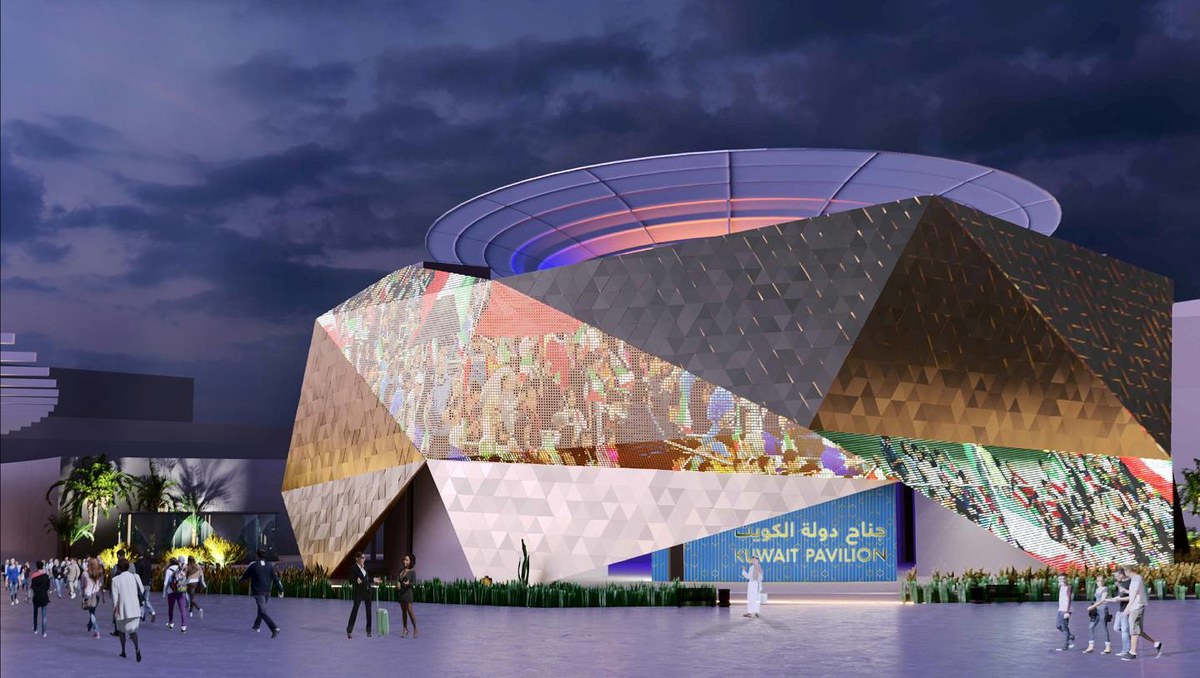
Kuwait’s pavilion has an eye-catching gold structure in the Sustainability District, constituting the Gulf kingdom’s most ambitious expo contribution to date. (Supplied)
In 2010, the UAE became the first country ever to relocate its pavilion to home soil after the Shanghai Expo (in the form of 24,000 individual steel pieces). In 2015, the UAE also repatriated its pavilion from Milan.
Now the country is continuing this tradition of sustainable reuse on a far grander scale. In the legacy period after the event, the site will evolve into a residential and commercial community named District 2020, retaining around 80 percent of its existing buildings.
In the meantime, millions of Expo 2020 Dubai visitors are getting an exposure to a global environment awash with new ideas, cultural experiences and entertainment. The wide variety of architecture is a source of awe and inspiration.
And thanks to the foresight of its planners, the expo will not disappear once its six-month run expires, but will live on as a sustainable community for decades to come.



